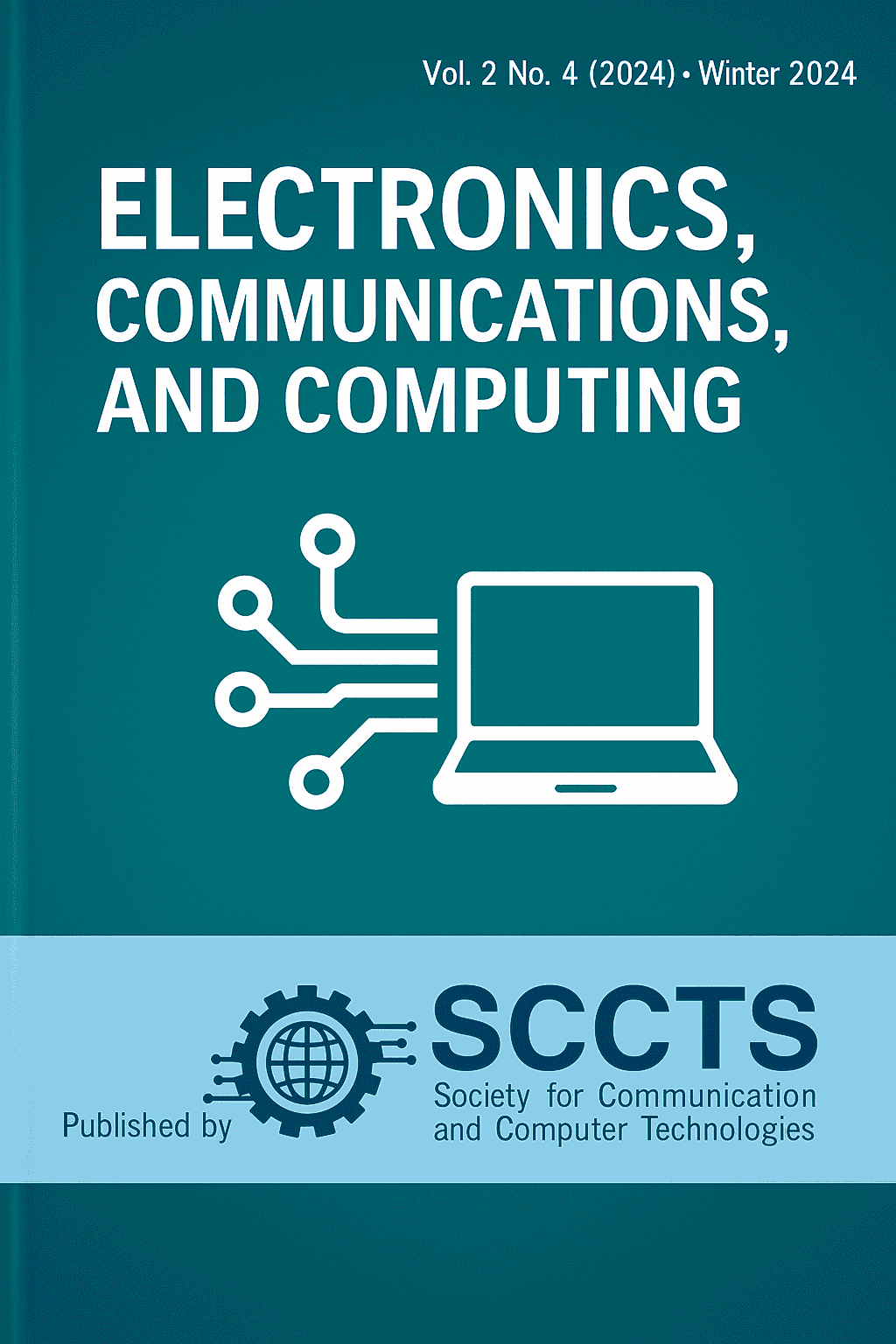Bio-Inspired Edge Intelligence: Neuromorphic Architectures for Real-Time Biomedical Signal Classification
Keywords:
Neuromorphic Computing, Spiking Neural Networks (SNNs), Edge AI, Biomedical Signal Classification, Low-Power Embedded Systems, Real-Time Health MonitoringAbstract
The trend of the growing need of continuous and real-time monitoring of physiological signals in wearable and implantable biomedical devices has raised a question to the inadequacy of the conventional machine learning models in edge settings. Such conventional methods are usually marred with the complexities of computation requirements, exorbitant power demands and unacceptable delays in inferences when the same is applied in low-power embedded machines. In a bid to overcome these limitations, this paper presents a bio-inspired neuromorphic system to perform real-time classification of biomedical signals with spiking neural networks (SNNs). The presented system draws on this event-driven functionality of biological neurons to use the sparse temporal dynamics of SNNs to achieve ultra-low-power, low latency signal processing at the edge. Its framework comprises a completely integrated neuromorphic signal processing pipeline running on Intel Loihi neuromorphic processor, which enables execution of asynchronous spiking-based computations with on-chip learning. Combining biologically plausible temporal coding schemes, the preprocessed biomedical signals (electroencephalogram (EEG) and electrocardiogram (ECG), in particular) will be converted into spike trains. The system is thoroughly tested on publicly accessible data datasets such as CHB-MIT Scalp EEG and MIT-BIH Arrhythmia databases to perform two major tasks of seizure detection and cardiac arrhythmia classifications. The experimental results exhibit that the neuromorphic architecture could demonstrate the same or better classification performance than the state-of-the-art deep learning architectures like CNN-LSTM, but with much lower power consumption (more than 80% reduction) and inference latency (up to 5X faster). Moreover, the SNN framework is robust to signals variability and adaptation: since unsupervised learning is employed, through spike-timing-dependent plasticity (STDP). Not only does the suggested method aid in the exploration of edge intelligence in the context of biomedical applications, but it also provides a paradigm of scalable real-time energy-aware intelligent biosignal analysis that can be utilised in the next-generation wearable and distance health monitoring systems.



